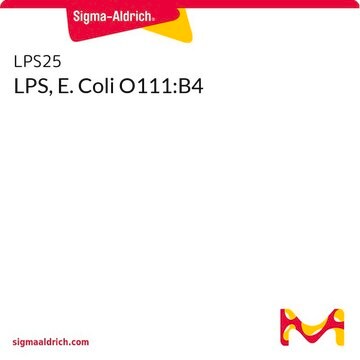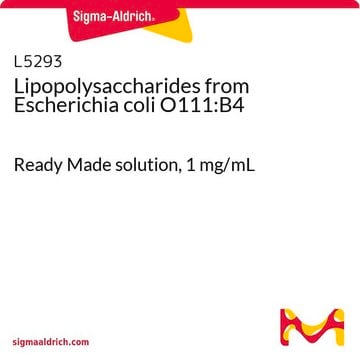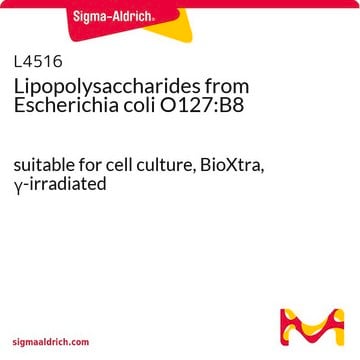Toxicological information, when available, is provided in section 11 of the safety data sheet. It is unclear which fish model is being used to study toxicity. Consulting scientific literature is recommended for these details. Below is some information that may be useful to address the question.
https://www.sigmaaldrich.com/sds/sigma/l2880?userType=anonymous
https://www.tandfonline.com/doi/abs/10.1080/10934529.2012.695254





